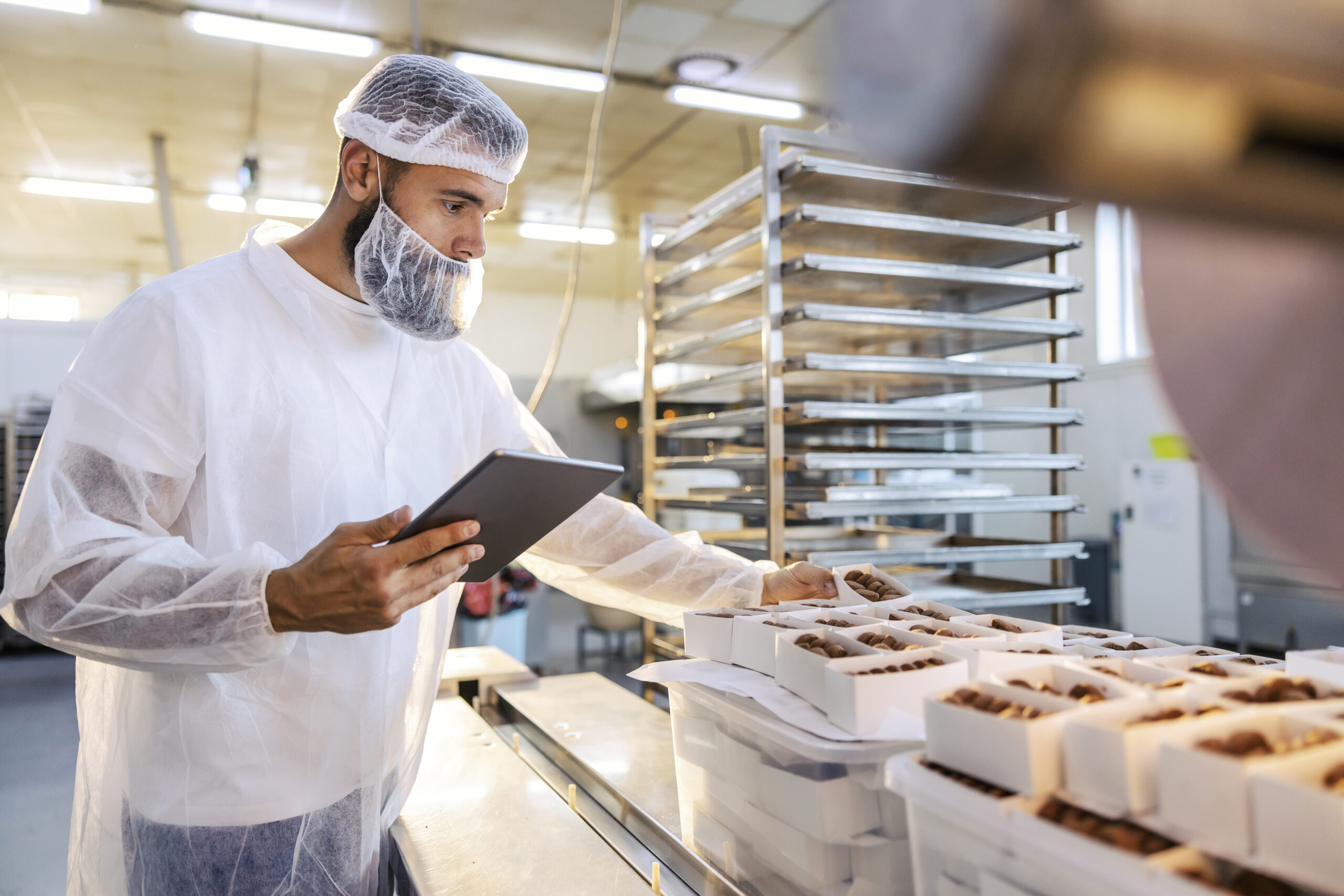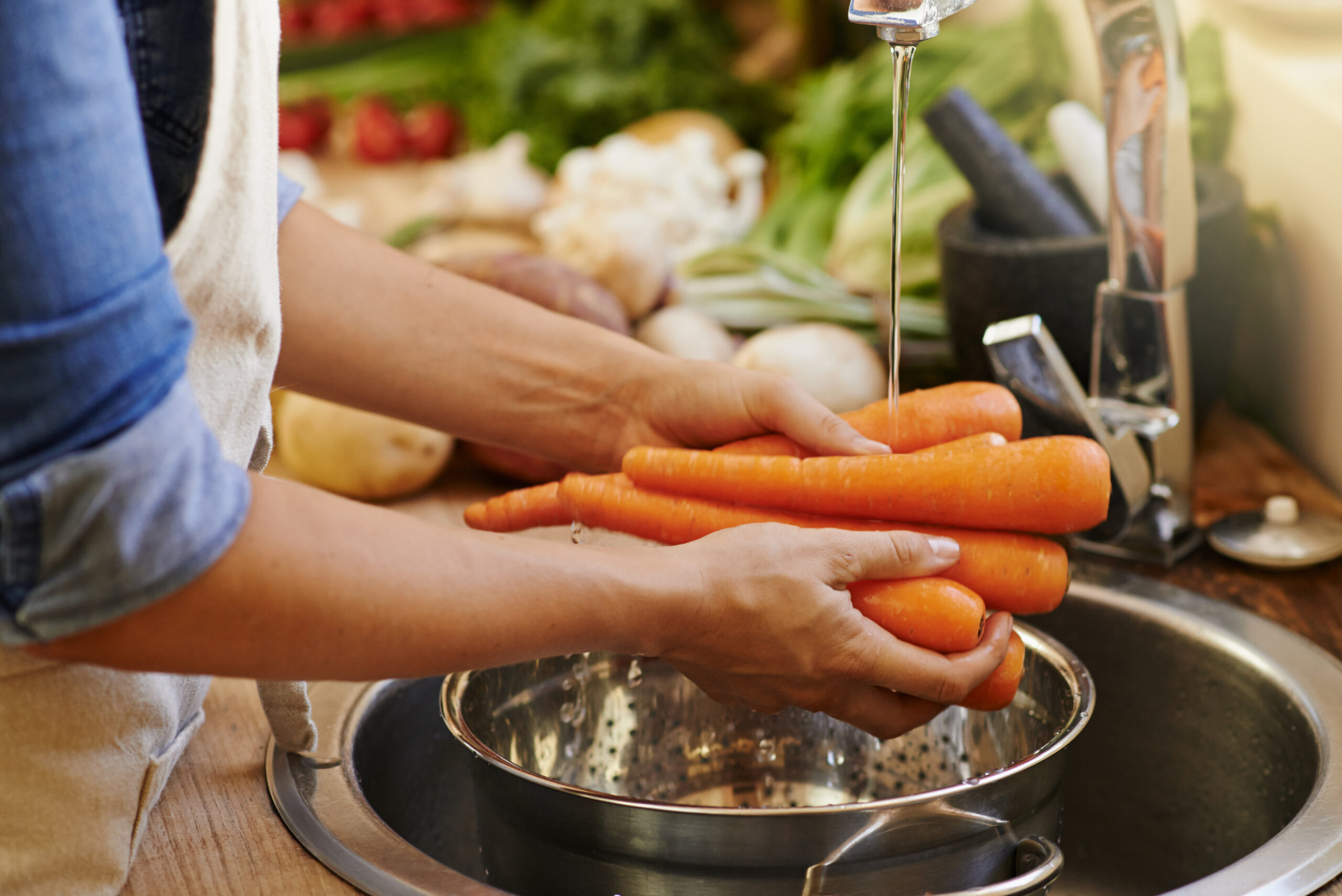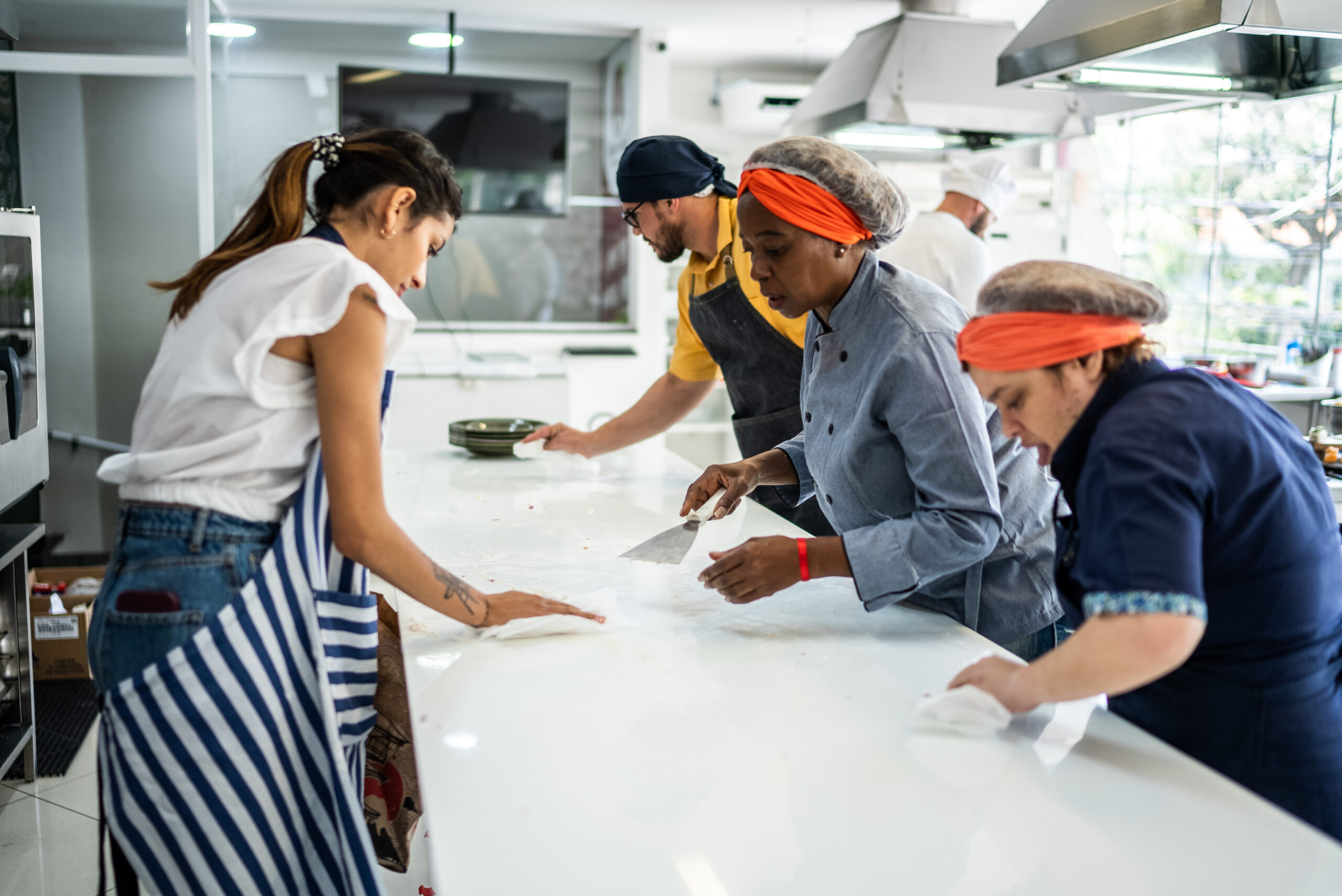Introduction
When it comes to managing a restaurant, food safety should always be of utmost importance for the owner. And truth be told, this has become even more crucial since the pandemic.
But the question is – how do you keep your food safe and sound?
I mean, yes – Sanitisation of the kitchen and the dining area is certainly a significant part of the project. However, it’s not really the only aspect that you need to focus on.
There’s more.
The “True” Meaning of Food Safety
The term ‘food safety’ doesn’t really have a steady or accurate meaning. Nevertheless, from a general viewpoint, it can be considered as a process that’s applied during food preparation, storage, processing, and distribution.
However, the responsibility of doing so doesn’t only fall upon you. The proceeding has to be followed by everyone involved in the food supply chain, including –
- Manufacturer
- Supplier
- Distributor
- Retailer
- Restaurant
Controlling workplace food safety may require in-depth knowledge about what may endanger or affect the stability or integrity of the food. For instance, food safety, sometimes, might be disturbed due to contamination related to biological, chemical, or physical hazards.
So, in that case, it would be important for the head of the food supply chain to prevent such a predicament. Or else it might lead to the rise of foodborne diseases or food-related injuries.
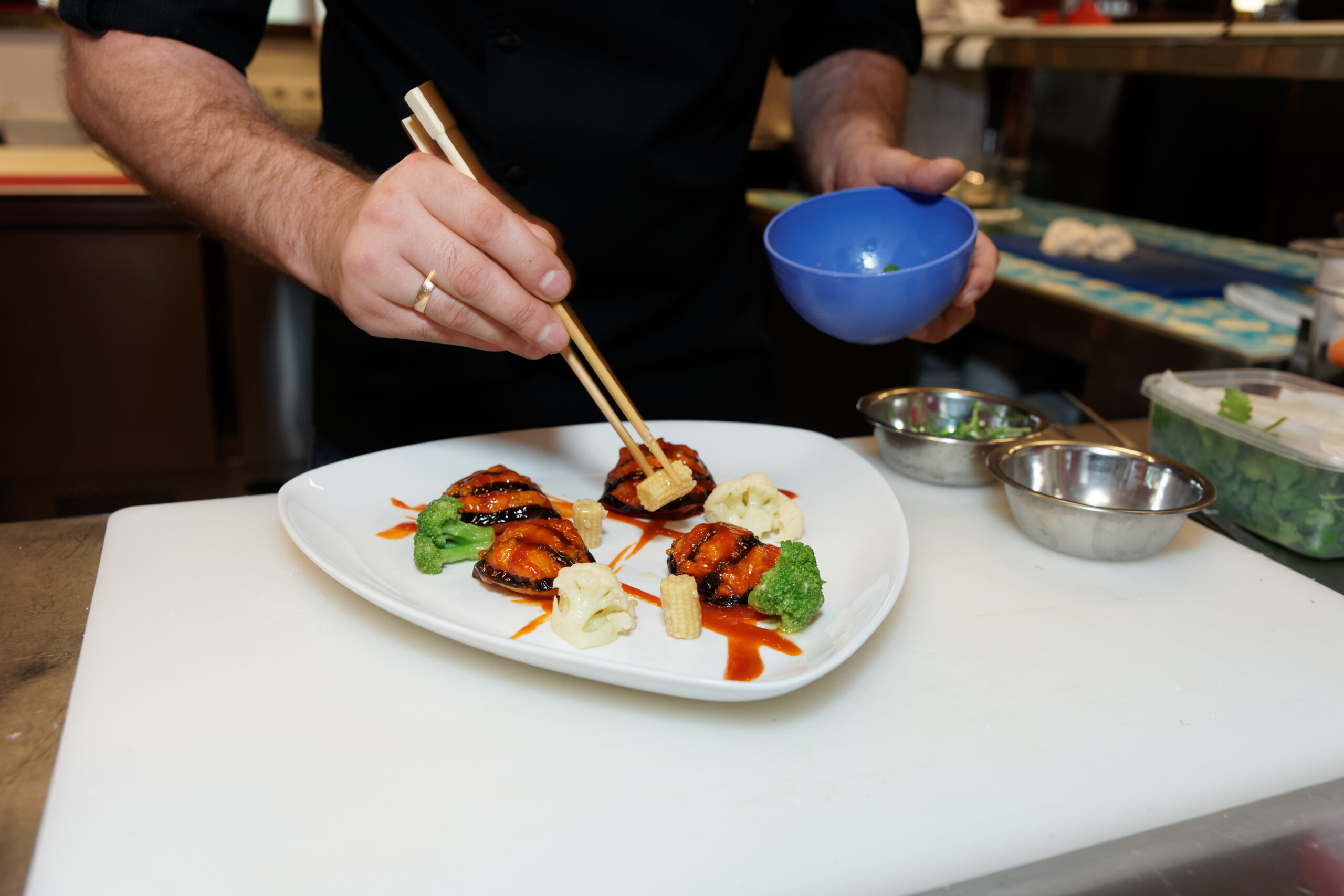
Source: iStock
The Food Safety Blueprint – How Do You Get Started?
Protecting food from harmful micro-organisms or preventing it from going “bad” is done in 3 simple steps. Here’s what these may entail –
Step – 1: Clean (Wash Your Hands, Kitchen Surfaces, and Utensils)
Safety always begins with keeping yourself clean and well-sanitised. And once you’ve done that, you should start working on the utensils and kitchen surfaces.
Let me tell you how you should prepare for each of them.
A: Washing Your Hands
Unlike what many people think, there is no need to go overboard when it comes to washing your hands. Just using running water and plain soap will work out pretty well in this regard.
However, you’ll need to ensure that you are scrubbing each and every part of your hands for at least twenty seconds. After that’s done, rinse your hands properly and then dry them with a clean, well-sanitised towel. I would suggest you continue this step –
- Before, after, or during the preparation of food
- Prior to eating
- After you have handled raw meat, seafood, poultry, or uncooked eggs
- After coughing, blowing your nose, or sneezing
Also, if you’re tending to someone who’s ill, it might be best to wash your hands once you’re done with it. The safer or cleaner you are, the better.
B: Washing Kitchen Surfaces or Utensils
If you have kept the meat in a bowl or used the cutting board a while ago, it might be best to clean them up too. Also, wash the surface where you had kept the utensil while cutting down the veggies. You can certainly use antibacterial soap in this aspect.
However, I’ll ask you to wear a pair of gloves before you start washing them. Otherwise, the soap might affect the skin in your hands and cause unnecessary drying.
C: An Important Note or Two on ‘Washing’
Apart from the aforementioned, there are some more suggestions I want to share with you. It will help you maintain proper food hygiene and promote a healthier kitchen environment.
- Rinse vegetables and fruits under running cold water. Also, be sure to wash them before you start peeling or removing their outer skin.
- If you are working with firm produce, like cucumbers or melons, it would be better to use a clean produce brush. It’s been designed in a specific manner so that you can remove the dirt from these veggies without damaging them.
- Once you are done with cleaning and washing, be sure to use a paper towel to dry the products. Also, make sure not to wash meat, seafood, or meat by using running water or something as such. It might spread harmful germs around the kitchen.
Extra Tip: If you have already washed something, you can put a ‘pre-washed’ label on it. This would ensure that you are not focusing on the same product again and again.
Step – 2: Separate (Avoid Cross Contaminating)
If you’re using a cutting board to cut down seafood, it’s advised not to utilise the same thing when you are cutting something else. The same goes for the storage space or plates too. Also, it’s best to use these utensils right away with soapy water after you’re done using them.
Once you have returned to the kitchen of your restaurant, you may keep the same in a sealed plastic bag. Ensure that the box is airtight and not leaking.
Step – 3: Cook (Keeping the Right Temperature is the Key)
The food, no matter what you’re working on, should be cooked at the right temperature. It’ll help in killing bacteria that were living inside of the product, making it germ-free.
You may use a food thermometer and stick it in the thicker part of the product to understand the temperature it’s being cooked on. Just ensure that it’s not touching the fat or bones.
Note: If you’re not serving the food right away after cooking, I would ask you to keep it out of the danger zone (5°C – 60°C). Keep it in a higher heat zone so that the germs can’t grow in it by using a quirky heat source, like a slow cooker or a chafing dish.
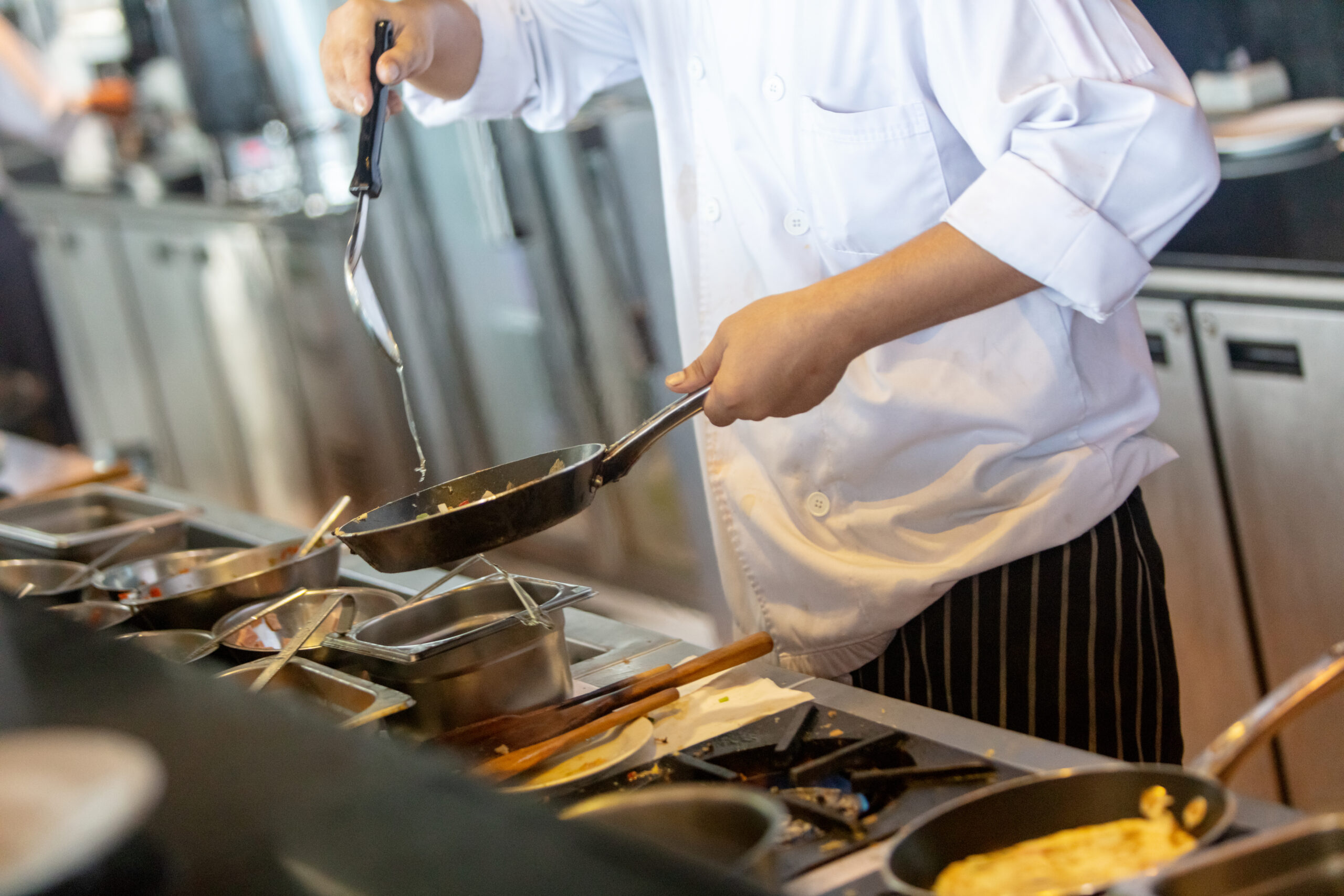
Source: iStock
Say ‘Yes’ to Freezing!
While your work is technically done after the third step, your job of maintaining food safety is not. If you have cooked perishable food, it should be refrigerated within two hours or so.
Also, while you’re freezing your food, it’d be ideal to keep the temperature of the freezer under – 18°C.
Finally, never eat leftovers if they are not kept in the fridge. And if you are thinking about storing them, do it in a shallow-covered container and put it in the freezer.

